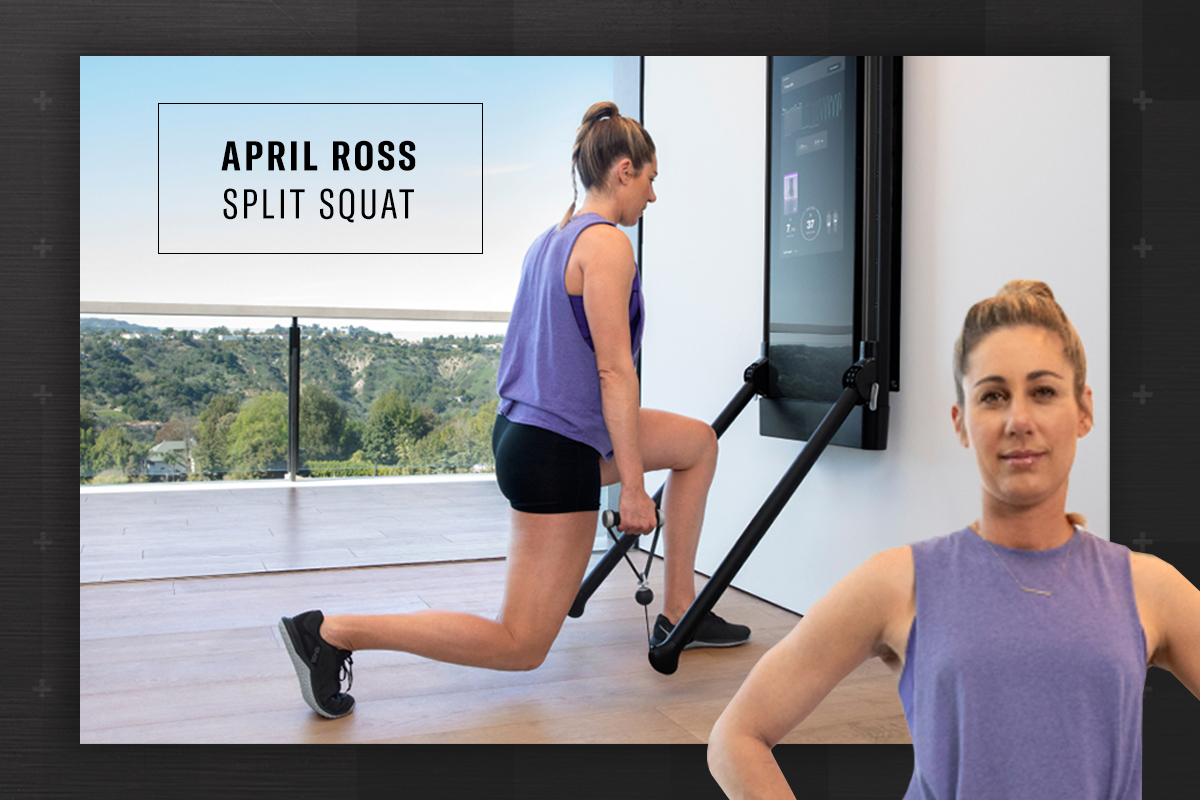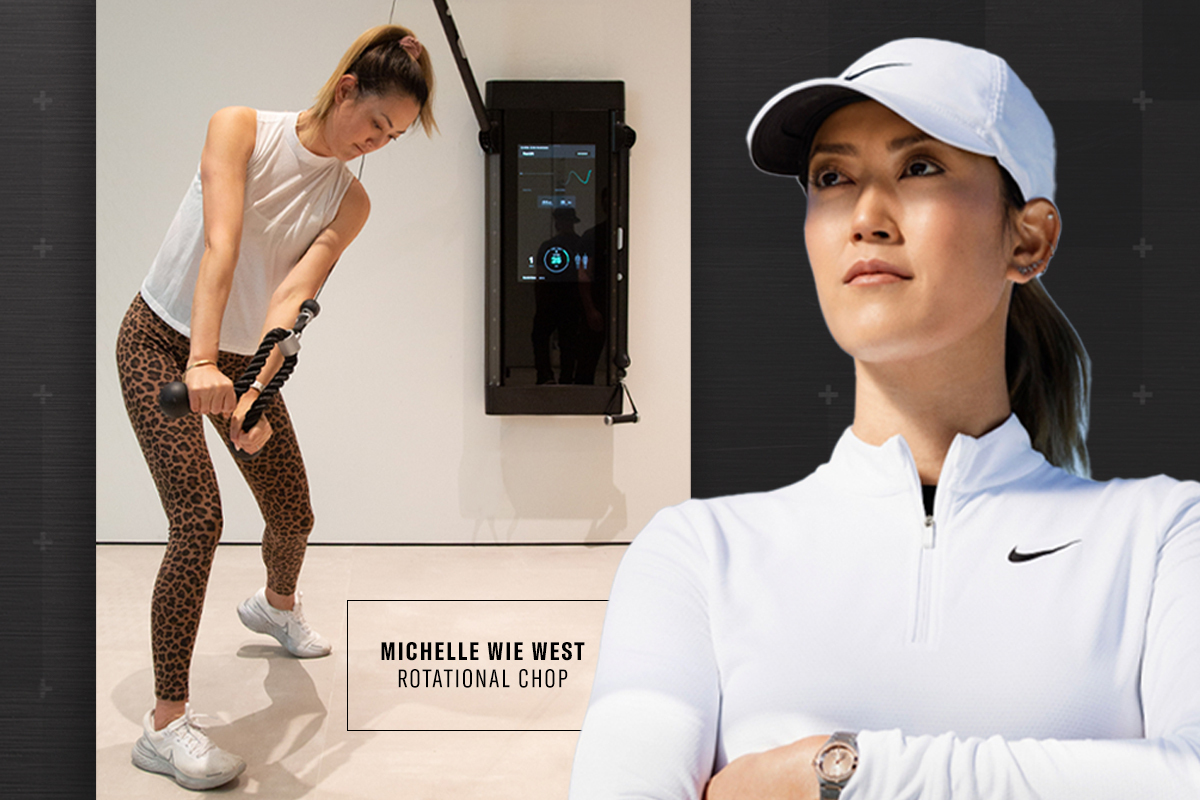In this episode of The Unlock, the professional quarterback shares why the Bulgarian split squat with internal rotation is his go-to exercise.
Second-year quarterback Zach Wilson impressed in his rookie season with his on-field smarts, athleticism, and arm-strength. But the 22-year-old missed four games in 2021 with a knee injury, so he’s been spending this offseason bulletproofing his body against the rigors of pro football. He has added 8 pounds of lean muscle and will begin training camp in mid-July, looking to guide his team to their first playoff run since 2010.
In this episode of The Unlock, a series that highlights one key move that takes even an elite athlete’s game to the next level, Wilson shares his go-to exercise for single-leg power and stability: the Bulgarian split squat with internal rotation.
The Benefit
Hip internal rotation is the inward twisting motion of the thigh that occurs when the femur bone rotates toward the midline of the body within the hip joint. During quick changes of direction on the football field, hip internal rotation helps to decelerate the body while simultaneously loading the hip to allow for a powerful acceleration. Hip internal rotation is essential for stride length in sprinting, for jumping and landing mechanics, and for the transfer of power from the lower body to the upper body in all rotational movements, like throwing a football.
Like many athletes, Wilson, who is a right-handed thrower, says he could improve in this area, especially on his left (or front) side.
“If the hips cannot sit into internal rotation, the athlete can’t efficiently complete the loading phase of movement, which means they won’t be as explosive in the next phase,” explains Tonal Sports Performance Specialist Max Artsis. “Zach is a right-handed thrower, so a lack of internal rotation on his left side can result in inaccurate passes that aren’t as powerful as they could be.”
The How
- First, adjust Tonal’s arms to the bottom height and attach the handles.
- Place the left foot between Tonal’s arms and reach your right leg back, placing the top of the foot on top of the bench, laces down.
- Reach between your legs and grab the left Tonal handle with your right hand.
- Keeping the left knee directly over the left ankle and the left heel glued to the floor, drop your hips down until the left thigh is parallel to the floor, while allowing the cable to pull the right hand toward the left ankle.
- Aggressively push the floor away with the left foot as you stand tall, keeping the feet in the same position.
- Think of your torso moving straight up and down like an elevator as you power up and lower down with control, until the right knee barely touches the mat, and repeat. Then, switch sides.
The Key Point
This is a complicated movement that requires balance, coordination, and a focus on core and upper-body engagement to maintain form, and it can take a few tries to get correct positioning. Try a few reps with little or no weight to work out the placement of your feet. Once the rear foot is elevated on the bench behind you, you may have to hop the front foot around a bit to find a comfortable position. If you have difficulty, Artsis suggests starting in a kneeling position with your back foot in line with the bench so you can find a position that isn’t too upright or too far away. Once you’re comfortable, put your back foot up on the bench.
“If the position feels foreign and weird, it’s best to start with the knee down,” Artsis says. “That way, you start to immediately feel what that bottom position feels like.”
The Level Up
To make this move harder, Artsis suggests turning on Eccentric Mode to drive your front hip further into internal rotation. “On the way down, you want to let the cable win, because it will pull your front hip into internal rotation,” says Artsis. “Then, drive aggressively out of that bottom position, forcing that hip back into external rotation.” Artsis also points out that the mind-muscle connection is very important in this movement, and the focus should be on rotating into your hip rather than squeezing and rotating with your lumbar spine.
The Scale Down
Artsis says it’s totally normal to feel unstable in this movement, or to feel stuck in your front foot and unable to turn your hip inward. “There is nothing wrong with holding onto the back of the Tonal with your free hand,” he says. “This will allow you to go heavier than you normally would, and when you come down, you’ll be in a more stable position to create power.”



